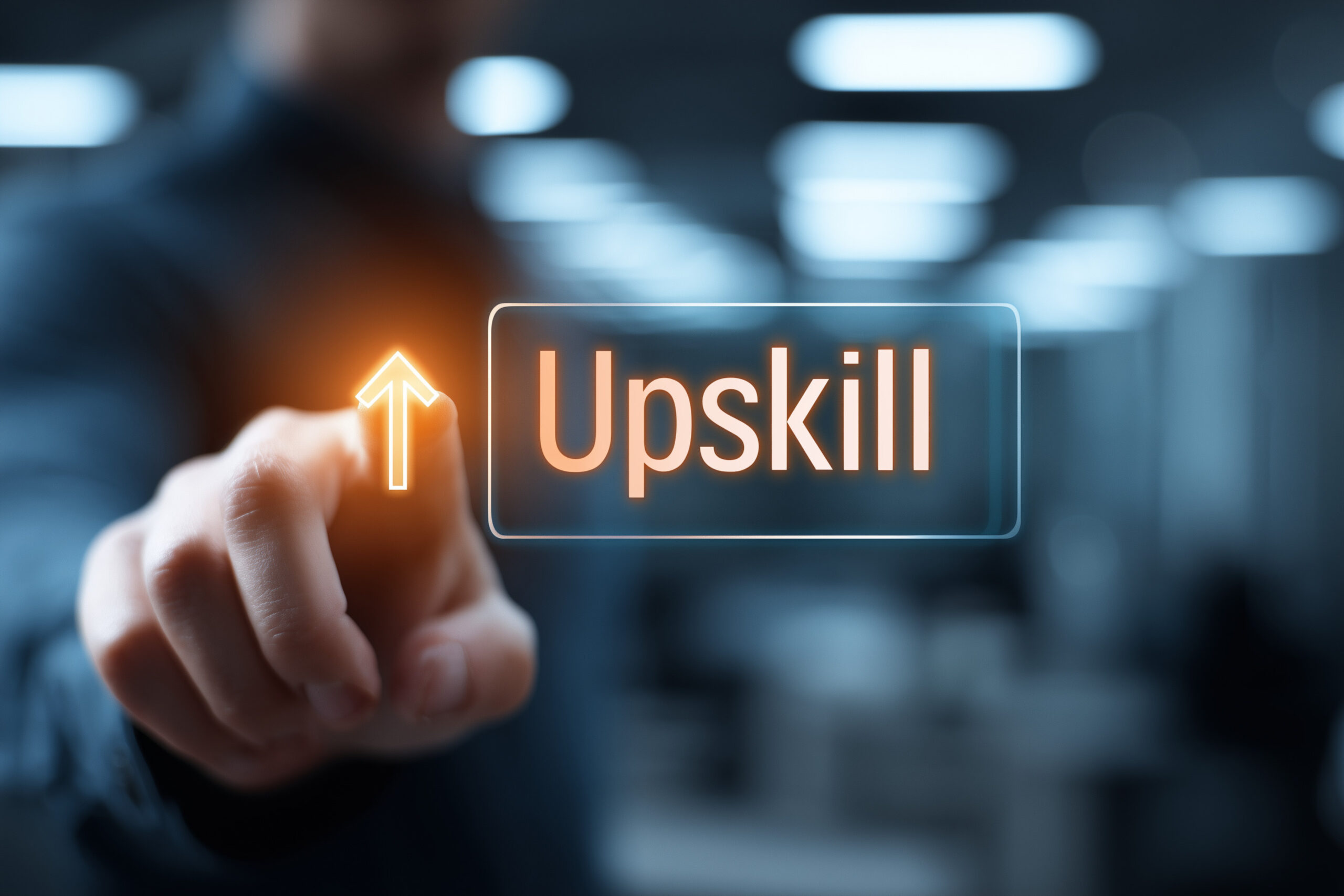Brian Carlson extols the virtues of an open LMS.
Reading time: 4 minutes.
Learning is a crucial component to every workplace. Be it initial onboarding and employee training, compliance, or continuous professional development, companies are increasingly looking for better ways to develop the skills and expertise of their workforce.
In fact, 81% of executives say talent development is a top priority for their business. By investing in a customisable and streamlined learning program that meets the specific needs of your learners, you’re able to significantly increase employee retention and create a well-equipped, competent, and confident team that can drive business results.
Elearning is often the easiest and most effective way to grow company talent, so it is not a surprise that 90% of companies surveyed in the Workplace Learning Report offer some kind of digital learning to their employees.
Incorporating technology such as an LMS allows organisations to provide next-generation learning programs that are tailored to meet the needs of the modern learner. The role of the LMS varies depending on what goals an organisation is looking to achieve; however, the main objective of the LMS is typically to store, share, and track online training.
Companies are increasingly looking for better ways to develop the skills and expertise of their workforce.
By providing a virtual hub where learners can access training resources, an LMS aims to make training accessible for remote learners and provide a central location for training across departments and locations of an organisation.
Additionally, there are the periphery benefits of making training more streamlined, organised, and cost effective.However, in order to truly maximise the investment of your LMS, your solution must provide enough flexibility, scalability, and interoperability to support both next-gen and future-proof learning.
The evolving learning ecosystem model: Old vs. new
Many companies feel as if their programs lack the flexibility and functionality to meet their needs. When it comes down to it, the typical culprit is often the type of technology of the learning platform itself.
Often these unhappy companies are using a closed-source learning platform and are thus stuck in what we like to refer to as the ‘old LMS model’, which is an outdated system that encourages users to integrate and extend their learning platform only with the proprietary solutions that their vendor offers.
Rather than being open to integrations with third-party solutions or content providers that can help companies provide a more dynamic learning program, closed-source LMSs often pigeon-hole companies into a one-size-fits-all solution that limits the amount of flexibility.
This becomes a huge problem as the company and its training programs continue to scale and evolve. To illustrate this, the learning ecosystem often looks like this in the old model:
On the other hand, the ‘new model’ instead focuses on giving users the freedom to pick and choose the technologies that work best for them. In this model, companies can build a learning ecosystem that meets their training needs for years to come. The ‘new model’ allows the LMS to be extended and built upon with the customer’s choice of third-party solutions, and thus looks more like this:
The key component to creating a next-gen ecosystem with this new model is using an open-source LMS. An open-source learning platform allows you to easily incorporate various learning methods, such as gamification or competency-based education, and learning content from a variety of sources to craft a custom program that is tailored to your specific industry or company.
To create a successful workplace learning program, training professionals need to ensure that their learning ecosystem not only provides a learning experience that engages the modern learner, but that their LMS is capable of adapting to support evolving needs or to incorporate the best tools and technologies in the market for meeting their users’ needs.
How to ensure a next-gen learning ecosystem
Does your current LMS support a next-gen learning ecosystem? When looking to create a flexible and future-proof workplace learning program, it’s important to consider these questions:
- Is your learning platform open or closed?
- Is it flexibile?
- Where will your content be sourced from?
- What integrations will be necessary?
- What is the level of support being offered?
Companies have varying amounts of resources that are allotted to support workplace learning. Even those with extensive resources might find that it is often difficult to manage an LMS internally due to the amount of expertise and bandwidth needed to effectively support the platform.
You can create a next-generation learning ecosystem in the workplace by delivering dynamic and engaging training programs through a flexible, interoperable, and future-proof learning platform.
By incorporating industry-specific courses, resources, and solutions through open technologies that streamline data and processes, you can encourage a culture of learning in the workplace and create a learning ecosystem that will meet the needs of your organisation for years to come.
About the author
Brian Carlson is CEO of eThink Education



